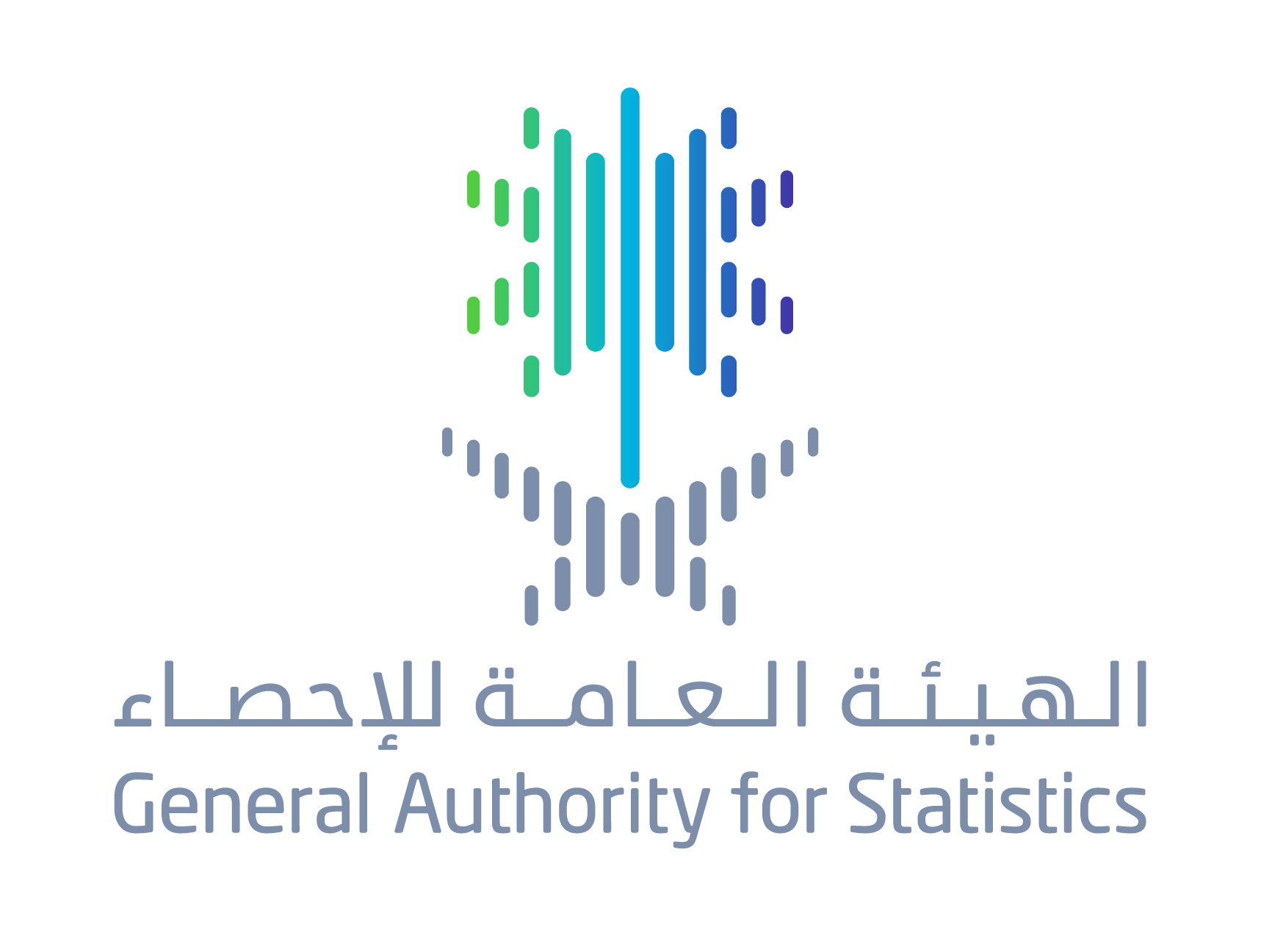Last update 28 / 01 / 2019
General Authority for Statistics (GASTAT) Released Real Estate Price Index Q4, 2018

General Authority for Statistics (GASTAT) Released Real Estate Price Index Q4, 2018
On Thursday, 18th of Jumada al-Awwal 1440H corresponding to January 24, 2019, General Authority for Statistics(GASTAT) released the report of Real Estate Price Index, Q4 2018 on its official website www.stats.gov.sa .
The real-estate price index has recorded a decline by (2.3%) compared to the previous quarter (Q3, 2018), where the indicator of the Real Estate Price index reached (80.4) in the fourth quarter of 2018 compared to (82.3) in (Q3, 2018). This decline can be attributed to the decrease in the main sectors composing it: housing sector (2.6%), commercial sector (1.7%), and agricultural sector (0.1%) compared to the third quarter of the current year.
In fact, the housing sector witnessed an increase in the residential houses by (0.5%) during the 4th quarter of 2018 compared to the previous quarter. On the other hand, residential lands decreased by (0.6%) as well as villas (1.7%), residential buildings (0.6%), apartments (0.2%), commercial plots (0.7%) compared to the previous quarter. Commercial centers have also decreased by (0.2%) and the agricultural sector recorded a decline by (0.1%).
It is worth mentioning that real estate price index is based on record-based data available at the Ministry of Justice. This indicator is an important tool to support economic and statistical decision makers regarding the changes of property prices and future forecasts during different periods of time. Real estate price index includes three main sectors consisting of several categories of real estate: housing sector which includes the following (plot of land, building, villa, apartment and house), commercial sector includes (plot of land, building, exhibition/ commercial center and shop), and the agricultural sector with only one category which is the agricultural land.
The real estate price index aims at finding accurate real estate statistical indicators that measure the real estate market in Saudi Arabia according to internationally recognized scientific principles and standards. It also aims at filling the data gaps related to the real estate field and is considered as an important tool to support economic decision makers in this field.
